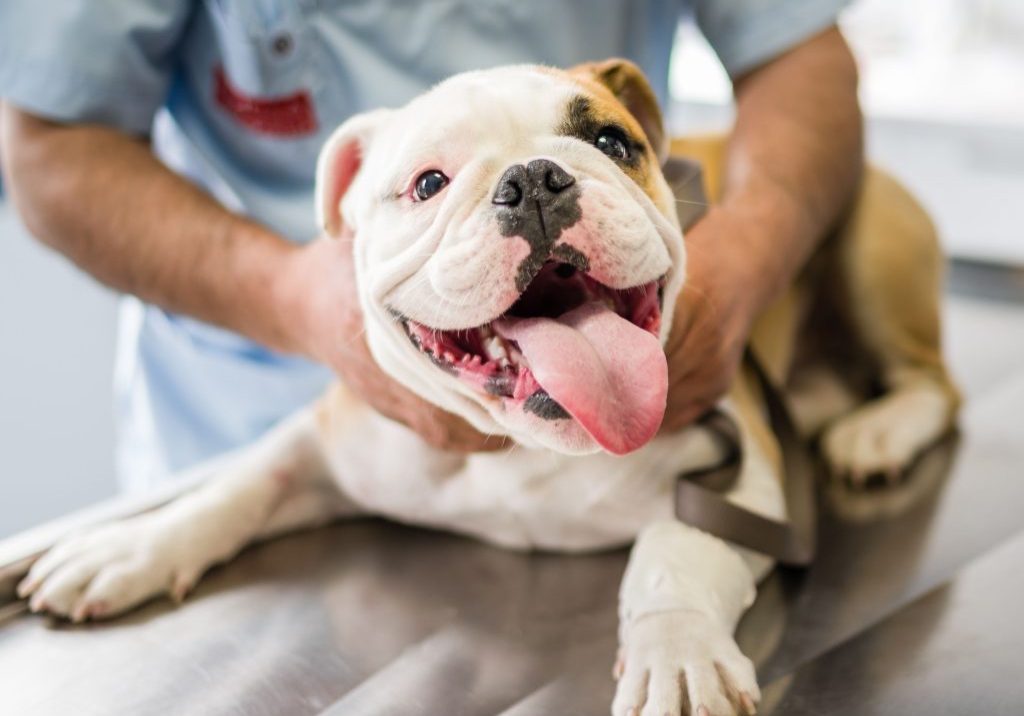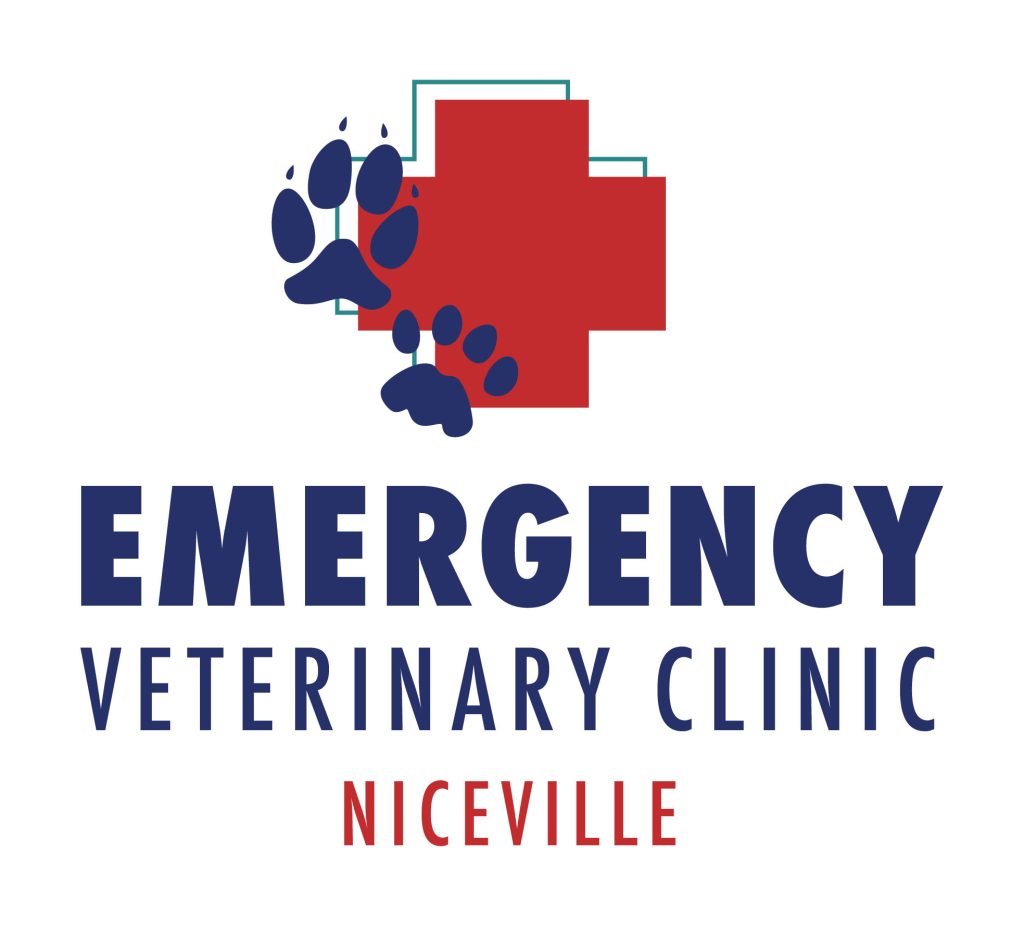Endoscopy
What is endoscopy?
Veterinary endoscopy is both a minimally invasive diagnostic tool and surgical procedure used by our team to visualize and perform medical interventions for your pet.
Endoscopy involves the use of an endoscope, a flexible or rigid tube equipped with a light source and a camera at its tip. The endoscope is inserted into natural body openings or small incisions, allowing veterinarians to examine internal organs and tissues without the need for invasive surgery.

Why would my pet need an endoscopic procedure?
There could be many reasons your pet would need an endoscopic procedure in the course of their diagnosis and treatment during a medical issue: These could be to:
- Examination of the gastrointestinal tract, including the esophagus, stomach, small intestine, and colon. Veterinary gastroenterologists use endoscopy to diagnose conditions such as foreign bodies, inflammatory bowel disease, ulcers, tumors, and gastrointestinal bleeding. Biopsies can also be obtained at this time.
- Visualize and assess your pet's airways, including the trachea and bronchi, for abnormalities such as foreign bodies, tumors, infections, or collapse. It is commonly used to diagnose respiratory conditions such as chronic coughing, pneumonia, or bronchial disease. This is also known as Bronchoscopy.
- Examination of the nasal passages and sinuses. It is useful for diagnosing nasal discharge, nasal tumors, foreign bodies, or chronic nasal infections in animals. This is also known as Rhinoscopy.
- Examination of the urinary tract, including the bladder and urethra, using an endoscope. They are used to diagnose conditions such as bladder stones, urinary tract infections, tumors, or congenital abnormalities. This is also known as Cystoscopy.
- Visualize and perform minimally invasive surgical procedures on abdominal organs such as the liver, spleen, kidneys, or reproductive organs. This is also known as Laparascopy.
Endoscopy offers numerous advantages over traditional open surgery, including reduced diagnostic trauma, faster recovery, and decreased risk of complications.
Is your pet having an emergency? Call us immediately!

How will my pet tolerate endoscopy?
Our veterinarians take several steps to ensure the comfort and safety of your pet undergoing endoscopic procedures. Your pet's tolerance of the procedure can vary depending on factors such as his or her temperament, previous experiences with medical procedures, and the specific type of endoscopy being performed.
However, we will perform endoscopy procedures this your pet's comfort and safety in mind. We do this by sedating or anesthetizing your pet to ensure they remain calm and still during the endoscopy. Our staff will closely monitor your pet's vital signs, including heart rate, respiratory rate, blood pressure, and oxygen saturation, to ensure their safety and well-being. Pain management protocols may be implemented before, during, and after the procedure to minimize any discomfort, including local anesthetics at the site of the endoscope insertion. Lastly, our veterinarians and veterinary technicians are trained to handle animals gently and with care during endoscopic procedures to minimize stress and discomfort.
After the endoscopy, your pet will be monitored closely as they recover from the effects of sedation or anesthesia. Veterinarians may provide supportive care, such as warmth, fluids, and monitoring for any signs of complications.
While most pets tolerate endoscopy well, some may experience mild side effects such as temporary soreness or nausea after the procedure.
It's essential to follow your veterinarian's post-procedure instructions carefully and monitor your pet closely for any signs of discomfort or complications.

